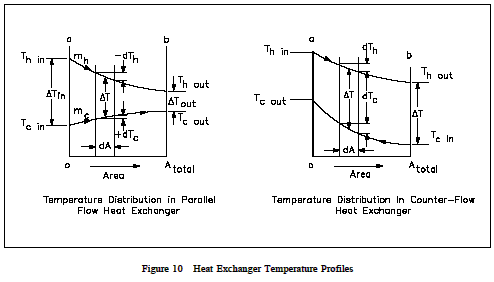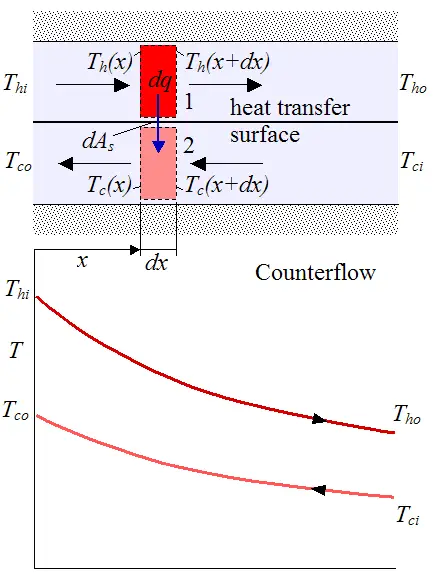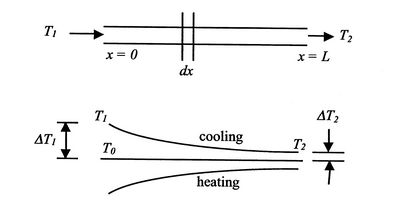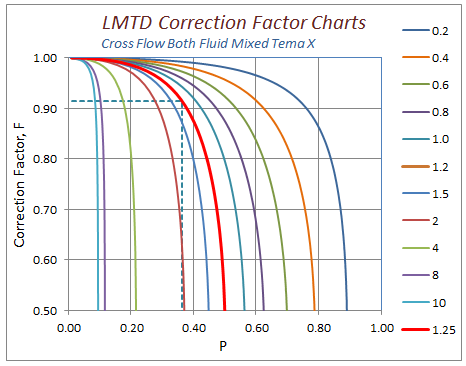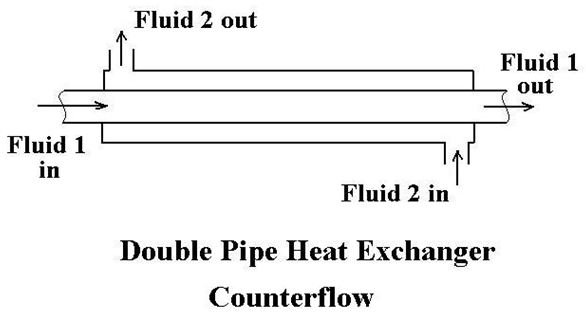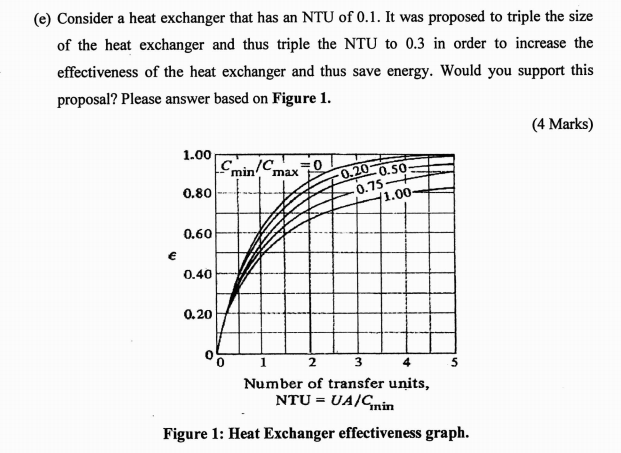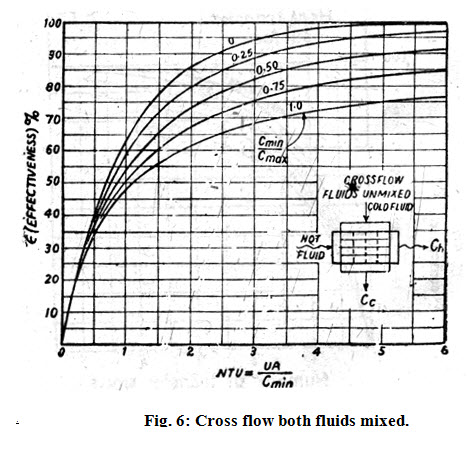The efficiency of a counter flow heat exchanger is due to the fact that the average t difference in temperature between the two fluids over the length of the heat exchanger is maximized as shown in figure 4 counter flow.
Counter flow heat exchanger graph.
The operation of the hexagonal heat exchanger in a ventilation unit is subject to the laws of thermodynamics with the basis for calculating its operating parameters as shown below figures 2a and 2b present the basic thermodynamic transformations for heat recovery applications as illustrated on the mollier or psychrometric chart.
A counterflow heat exchanger will require less heat exchange surface area than a parallel flow heat exchanger for the same heat transfer rate and the same inlet and outlet temperatures for the fluids.
For example in a distillation column the vapors.
The number of transfer units ntu method is used to calculate the rate of heat transfer in heat exchangers especially counter current exchangers when there is insufficient information to calculate the log mean temperature difference lmtd.
Energy balance of the hexagonal heat exchanger.
The flowing bodies can be liquids gases or even solid powders or any combination of those.
In heat exchanger analysis if the fluid inlet and outlet temperatures are specified or can be determined by simple energy balance the lmtd method can.
Crossflow parallel flow and counterflow heat exchanger configurations are three examples.
A heat exchanger can have several different flow patterns.
